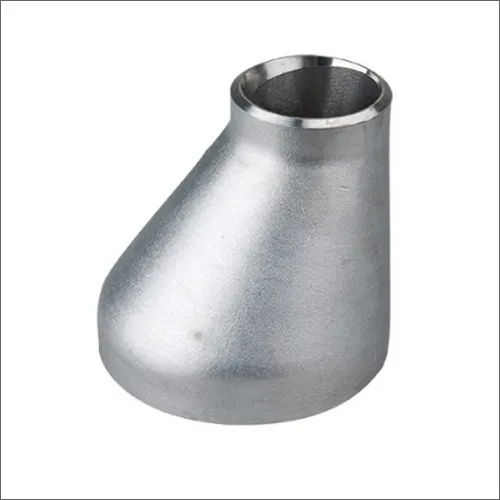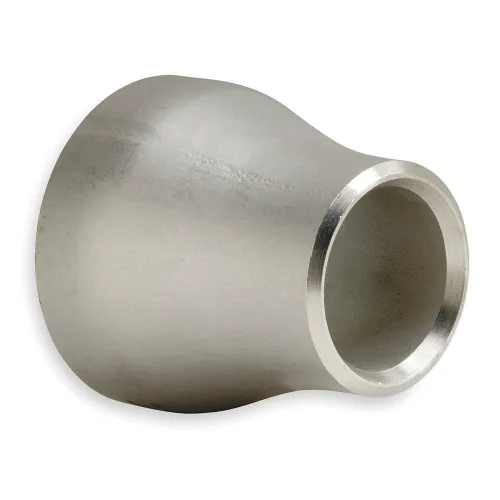-
Cangzhou Yulong Steel Co., Ltd.
-
Phone:
+86 13303177267 -
Email:
admin@ylsteelfittings.com
- English
- Arabic
- Italian
- Spanish
- Portuguese
- German
- kazakh
- Persian
- Greek
- French
- Russian
- Polish
- Thai
- Indonesian
- Vietnamese
- Zulu
- Korean
- Uzbek
- Hindi
- Serbian
- Malay
- Ukrainian
- Gujarati
- Haitian Creole
- hausa
- hawaiian
- Hebrew
- Miao
- Hungarian
- Icelandic
- igbo
- irish
- Japanese
- Javanese
- Kannada
- Khmer
- Rwandese
- Afrikaans
- Albanian
- Amharic
- Armenian
- Azerbaijani
- Basque
- Belarusian
- Bengali
- Bosnian
- Bulgarian
- Catalan
- Cebuano
- China
- China (Taiwan)
- Corsican
- Croatian
- Czech
- Danish
- Esperanto
- Estonian
- Finnish
- Frisian
- Galician
- Georgian
- Kurdish
- Kyrgyz
- Lao
- Latin
- Latvian
- Lithuanian
- Luxembourgish
- Macedonian
- Malgashi
- Malayalam
- Maltese
- Maori
- Marathi
- Mongolian
- Myanmar
- Nepali
- Norwegian
- Norwegian
- Occitan
- Pashto
- Dutch
- Punjabi
- Romanian
- Samoan
- Scottish Gaelic
- Sesotho
- Shona
- Sindhi
- Sinhala
- Slovak
- Slovenian
- Somali
- Sundanese
- Swahili
- Swedish
- Tagalog
- Tajik
- Tamil
- Tatar
- Telugu
- Turkish
- Turkmen
- Urdu
- Uighur
- Welsh
- Bantu
- Yiddish
- Yoruba

Jul . 20, 2025 22:01 Back to list
Premium BW & Weld Reducers for Industrial Efficiency | Shop Now
Introduction to Pipe Reduction Technology
In industrial piping systems, reducer components play a critical role in managing fluid dynamics and maintaining system integrity. These essential fittings enable efficient diameter transitions between pipe sections, ensuring optimal flow characteristics while maintaining pressure ratings. The technological evolution of BW reducers (Butt Weld Reducers) has transformed industrial piping, with stainless steel variants offering superior corrosion resistance and durability.
Featured Product: STAINLESS STEEL316L REDUCER
The Stainless Steel 316L Reducer is crafted from high-quality 316L stainless steel. It excels in corrosion resistance and precisely reduces pipe diameters. Ideal for chemical, marine and food industries, ensuring reliable and leak-free connections. This premium reducer solution meets stringent industry standards and exceeds pressure rating requirements.
Product Website: Stainless Steel 316L Reducer Specifications


Technical Parameters & Specifications
| Parameter | Specification | Standard | Testing Method |
|---|---|---|---|
| Material | AISI 316L Stainless Steel | ASTM A403/A403M | Material Certification |
| Pressure Rating | SCH 10S to SCH XXS | ASME B16.9 | Hydrostatic Test |
| Temperature Range | -250°F to 800°F (-157°C to 427°C) | ASME B31.3 | Thermal Cycling |
| Corrosion Resistance | Excellent (PREN > 26) | ASTM G48 | Pitting Resistance Test |
| End Connection | Butt Weld (BW) | ASME B16.25 | Dimensional Inspection |
| Surface Finish | 0.4μm Ra (Electropolished Available) | ASME B46.1 | Surface Roughness Test |
| Dimensional Standard | Concentric & Eccentric Types | MSS SP-43 | CMM Measurement |
Material Composition Analysis
Advanced corrosion resistance makes the SS 316L reducer particularly valuable in aggressive environments including chemical processing, marine applications, and pharmaceutical manufacturing where standard carbon steel fittings would rapidly deteriorate. The molybdenum content enhances chloride resistance while the low carbon content prevents carbide precipitation during welding.
Industrial Applications & Performance
Chemical Processing Industry
BW reducers manufactured from 316L stainless steel are indispensable in chemical plants handling corrosive acids and solvents. Research published in the Journal of Materials Engineering shows 316L reducers demonstrate 78% longer service life in sulfuric acid applications compared to 304 stainless steel alternatives.
"The corrosion resistance of 316L stainless steel pipe fittings makes them the preferred choice for modern chemical plants where safety and reliability are non-negotiable requirements for continuous operation."
Chemical Engineering Progress Journal - Vol. 58, Issue 3 (Source: https://www.aiche.org/resources/publications/cep)
Marine & Offshore Systems
Saltwater exposure demands the superior chloride resistance of stainless steel reducer components. Independent tests show 316L maintains structural integrity for 8-10 years in continuous seawater immersion scenarios. Marine-grade reducers feature specialized welding protocols and additional passivation treatments to enhance longevity in subsea applications.
Food & Pharmaceutical Manufacturing
The non-reactive nature and smooth internal finish of 316L stainless steel reducers ensures hygienic fluid transfer critical in food and pharmaceutical production. Electropolished versions reduce bacterial adhesion by 92% compared to standard finishes according to research published in Pharmaceutical Engineering.
Industry FAQ: Technical Specifications
A: BW reducers (Butt Weld Reducers) provide permanent, high-integrity connections with superior leak prevention compared to threaded or socket weld alternatives. The welded joint has the same strength as the base pipe, making it ideal for high-pressure and critical service applications.
A: 316L contains lower carbon content (0.03% max vs 0.08% in standard 316), significantly reducing carbide precipitation during welding. This "L" grade maintains corrosion resistance in the heat-affected zones, making it superior for welded piping systems.
A: Concentric reducers are used in vertical pipelines where air accumulation isn't a concern. Eccentric reducers are essential in horizontal pipelines to prevent vapor pockets at high points. Material handling systems generally specify eccentric configurations to maintain flat-bottom flow surfaces.
A: All reducers should be hydrostatically tested according to ASME B16.9 standards at 1.5 times the maximum working pressure. High-pressure applications require additional NDE (Non-Destructive Examination) including dye penetrant testing and radiographic inspection of weld joints.
A: Proper installation requires consideration of thermal expansion rates. Stainless steel expands approximately 1.7 times more than carbon steel. Experienced engineers apply the formula: ΔL = α × L₀ × ΔT to calculate expansion and specify appropriate flexible connections near reducer transitions.
A: ASME B31.3 specifies maximum allowable angular misalignment of 1.5° for standard applications and 0.5° for severe cyclic service conditions. Improper alignment creates harmful stress concentrations that reduce fitting fatigue life by 30-60%.
A: Industry best practice recommends ultrasonic thickness measurements annually for mild corrosive services and quarterly for severe environments. Critical systems may require continuous erosion/corrosion monitoring using RTD (Resistance Temperature Detector) sensors integrated near reducer transitions.
Technical References & Industry Data
"The latest analysis of stainless steel piping components demonstrates 316L fittings consistently outperform alternatives in chloride-rich environments. Accelerated corrosion testing reveals at least 3x longer service life compared to standard 304 materials."
Materials Performance Magazine - Corrosion Study (Source: https://www.materialsperformance.com)
"Implementation of specialized reducers in API 618 compressor installations has reduced vibration-induced failures by 82% while improving volumetric efficiency through optimized flow transitions."
Compressed Air Best Practices Journal (Source: https://www.airbestpractices.com)
Latest news
-
ANSI 150P SS304 SO FLANGE
NewsFeb.14,2025
-
ASTM A333GR6 STEEL PIPE
NewsJan.20,2025
-
ANSI B16.5 WELDING NECK FLANGE
NewsJan.15,2026
-
ANSI B16.5 SLIP-ON FLANGE
NewsApr.19,2024
-
SABS 1123 FLANGE
NewsJan.15,2025
-
DIN86044 PLATE FLANGE
NewsApr.19,2024
-
DIN2527 BLIND FLANGE
NewsApr.12,2024
-
JIS B2311 Butt-Welding Fittings LR/SR 45°/90° /180°Seamless/Weld
NewsApr.23,2024











